The Differences Between Real Estate and Architectural Photography
Although both real estate photography and architectural photography are the practice of capturing interior and exterior photographs of structures, there are many differences between the two photographic practices.
Shooting techniques, gear used, photo usages, and even the amount charged differ greatly. It may be tempting to group the two together, but key differences show us that they are actually separate photographic disciplines.
Table of Contents
The Major Differences Between Real Estate and Architectural Photography
The two major differences between real estate and architectural photography are:
- The techniques used to capture the photos
- The reasons behind capturing the photos
Differences in Shooting Techniques
The differences between real estate and architectural photography are probably best explained by outlining the difference in shooting techniques used for each discipline. Each genre has its own set of shooting techniques as well as gear used.
Real Estate Photography Techniques
Real estate photography is shot virtually entirely by using a wide angle lens and in a landscape composition. This is done for two very important reasons.
- Virtually all MLS sites (local real estate listing websites) only accept horizontal photos. This means if any vertical photos were submitted, they would be cropped to fit the horizontal upload size and ruined.
- A wide angle lens shows as much of the house as possible. This makes it easier for the photographer to show how all the rooms in a home connect and for the viewer to see how the home is laid out.
These two guiding rules lead to repeatable but necessary shooting techniques. You can see how necessary wide angle lenses are by taking a look at the best lenses for real estate photography. It’s an article full of wide angle lenses.
Real estate photographers work within these techniques and distinguish themselves from each other using composition and lighting differences.
Architectural Photography Techniques
Architectural photography is much less strict in terms of techniques used. Architectural photographers use a mix of wide angle and telephoto lenses as well as a mix of landscape and vertical compositions.
It’s not as important for an architectural photographer to show the viewer how all of the rooms connect with each other, the layout of the structure, or even the actual structure. This allows for more detailed and artistic photos which highlight the best aspects architecture itself.
Many times architectural photography will feature just a small portion of the structure in order to express the intent of the architect. There isn’t always a need to show usefulness or practicality.
For a more detailed explanation of architectural photography techniques, check out our article A Complete Guide to Photography of Architecture.
Photographic Examples
The easiest way to show the differences in techniques used is probably just to provide examples. In addition to the photos below, you can see the stark differences by looking at photos on Zillow for real estate references and Architectural Digest for architecture.
Real Estate Examples
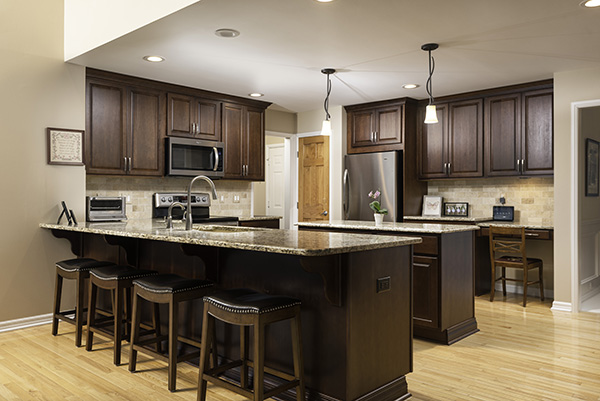
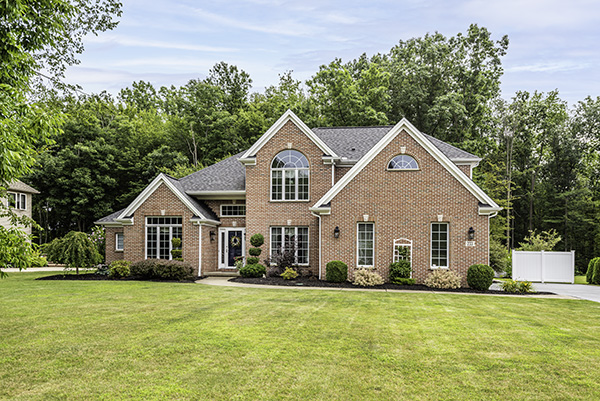
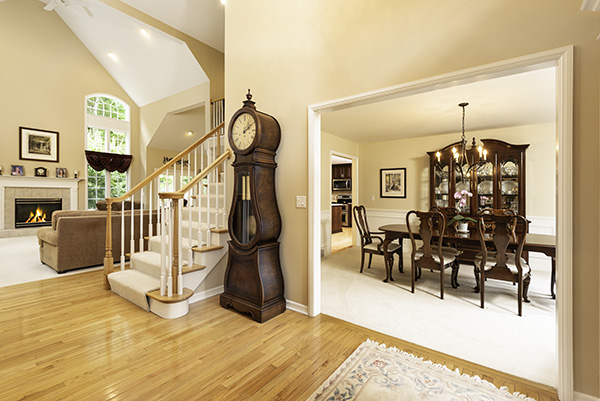
Architecture Examples
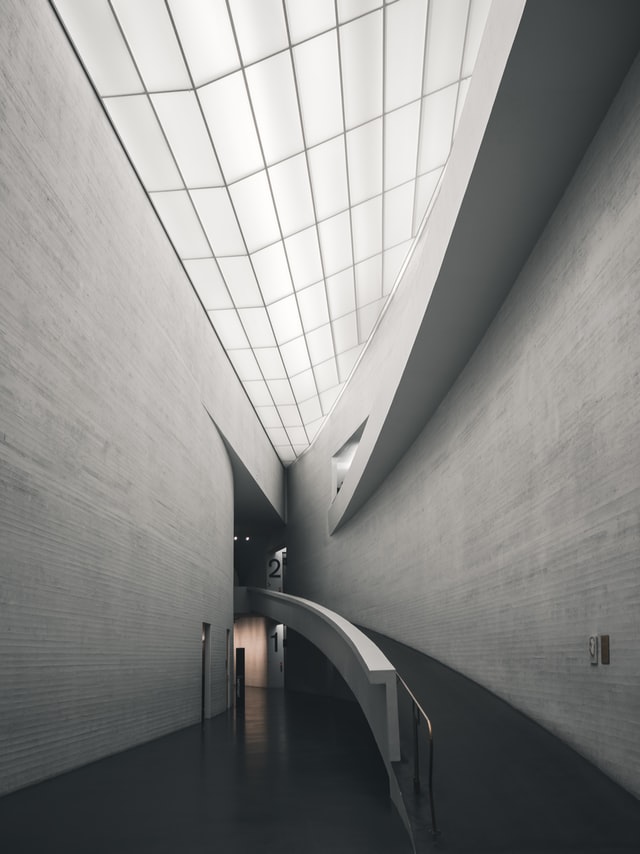
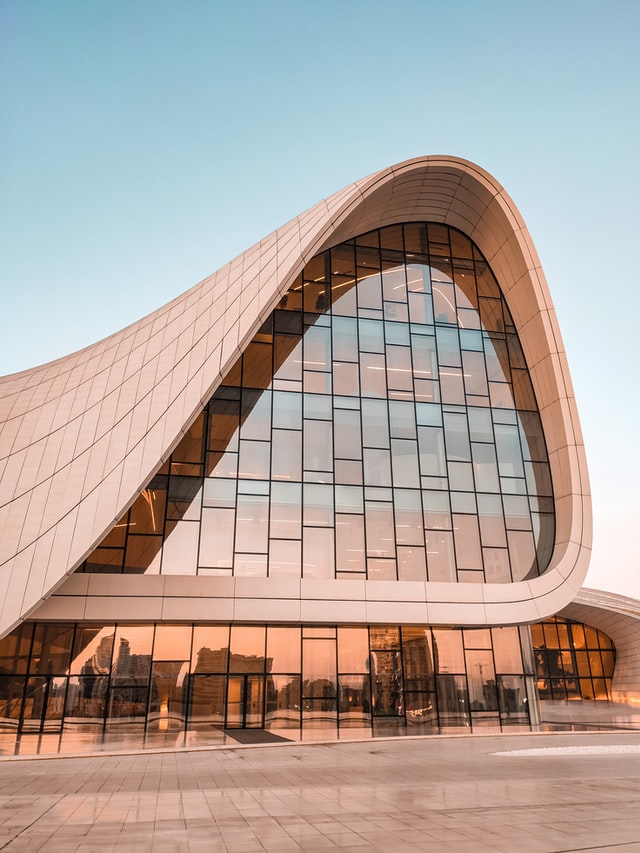
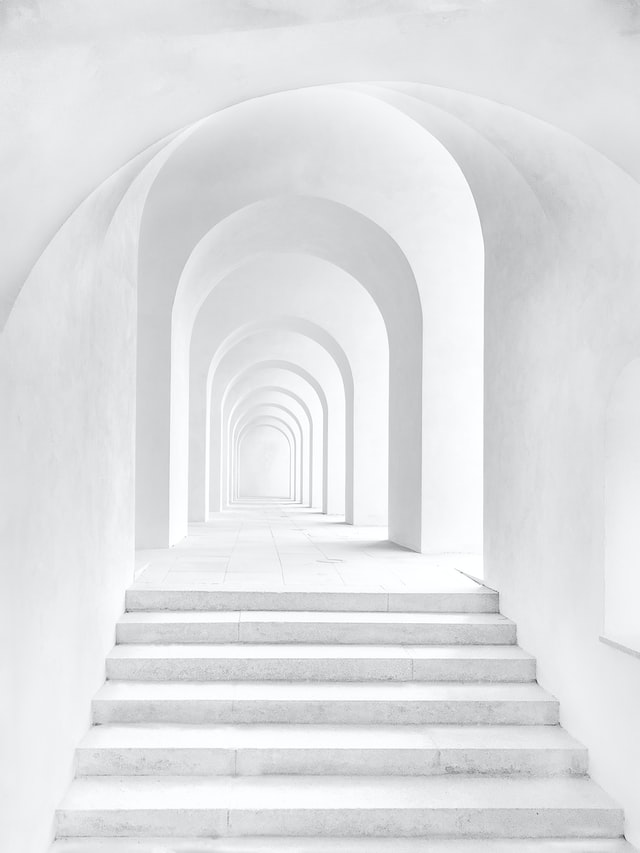
Reasons for Real Estate and Architectural Photography
The reasons behind real estate and architectural photography are another major way to distinguish between the two. Each photographic discipline presents their own sets of goals and usage for the photographs.
Real Estate Photography Goals
The goals behind real estate photography are all sales based. Whether the photos are of a house for sale, and apartment for rent, or an AirBnb for vacation, the goal of the photography is to drive sales.
Real estate photos of a house for sale are meant to either get people to come to a showing with the realtor, or to have someone buy the house sight unseen. Most real estate photos are meant to attract the interest of possible buyers or buyer agents.
A realtor hires a photographer to help them sell a home. Whether they use the photography for print flyers, online listings, or self marketing, the end goal of the photos is to help drive sales
Architectural Photography Goals
Much like architectural photography techniques, the goals of architectural photography are less rigged and defined. Although they can sometimes be sales based, it’s much more common for architectural photography to be used in an artist sense.
Many times, if an architectural photographer is hired by the architect themselves, the photos will be used for the architects portfolio or for award based submissions. This leads to a much closer photographic relationship between the photographer and the client than it does in real estate.
In a much vaguer sense, the real purpose of architectural photos is to capture the emotions that the architect is hoping to inspire. Good architectural photography presents the piece of architecture in a way that’s captivating to the viewer.
Additional Resources
Be sure to check out our Beginners Guide. It’s full of articles with helpful ideas and explanations exactly like this one. Our Business Resources page has all the resources you’ll need to get your Real Estate or Architectural Photography business started on the right path.
Finally, go check out our Gear page to get up-to-date reviews and recommendations on todays best gear for Real Estate and Architectural Photography.
Frequently Asked Questions
What is the difference between real estate and architecture?
Generally, the difference between real estate and architecture is the usage and purpose of the structure. Although, they are undoubtably intertwined.
What is considered architectural photography?
Architectural photography is photography that focuses on capturing images of structures in a way that highlights the architectural relevance of the structure, many times in an artistic and expressive way.
What is the purpose of architectural photography?
There are many purposes of architectural photography, but the main purpose is to highlight the structure in an artistic or expressive way. The photos can be used for everything from marketing to award submission.
